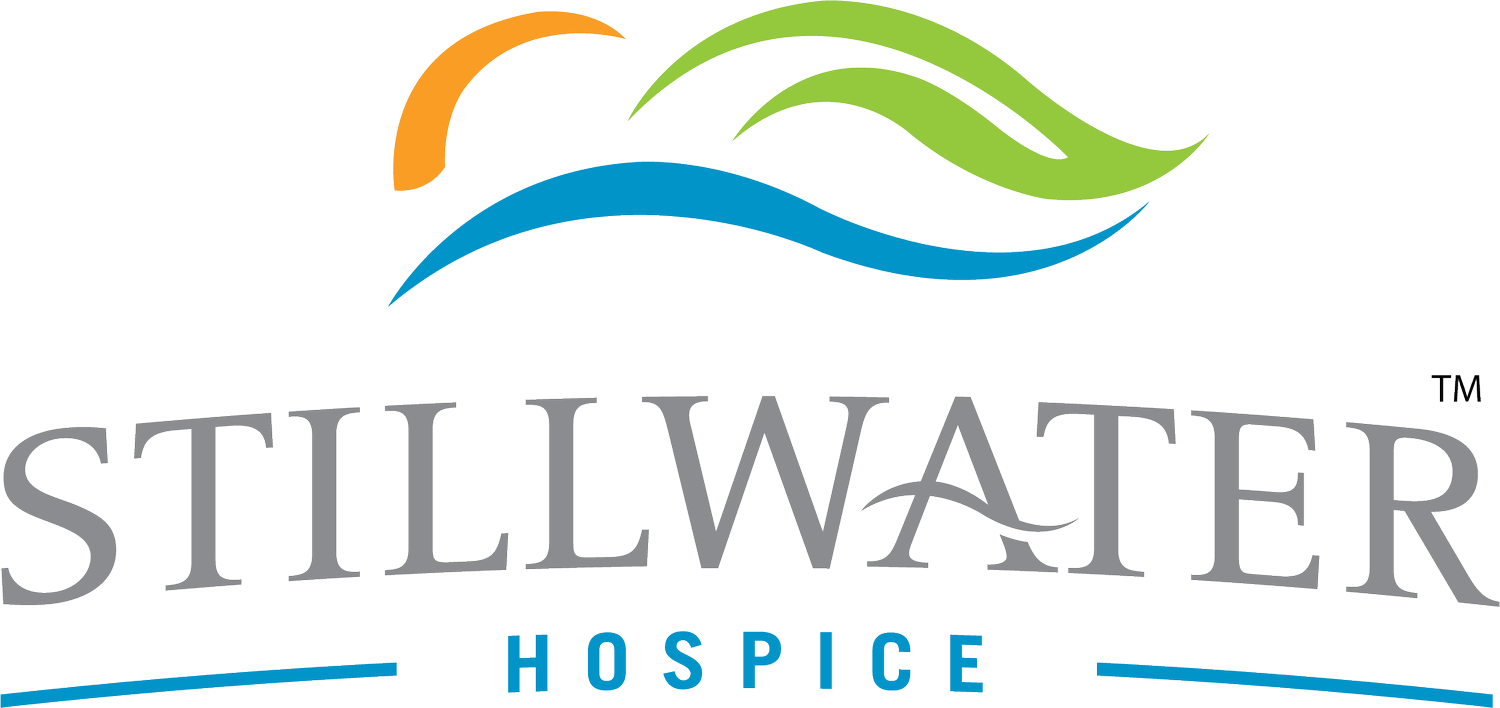End of Life Management - When a Loved One Has Heart or Lung Disease
Understanding heart and lung disease
End-stage heart failure is a disease in which the heart muscle is failing severely in its attempt to pump blood through the body, and in which all other available treatments are no longer helping to improve the heart's function. End-stage heart failure is the final stage of heart failure.
End-stage, or stage 4, COPD is the final stage of chronic obstructive pulmonary disease. Most people reach it after years of living with the disease and the lung damage it causes. As a result, your quality of life is low. You’ll have frequent exacerbations, or flares -- one of which could be fatal.
Expected symptoms
Dyspnea (shortness of breath) may be present at rest or with activity. Oxygen may be used for comfort. Medications may be used to ease the feeling of air hunger
Chronic cough. The heart can’t keep up with the blood supply moving between it and the lungs, thus causing fluid buildup. Cough and wheezing may produce white/pink mucus
Edema (swelling). The heart slows down and begins losing its ability to pump; thus, fluid builds up in the body. Swelling will be noted in extremities- feet, ankle, legs, abdomen. Can have periorbital (around the eye) edema as well
Rapid heart rate. The heart is losing the capacity to pump thus the heart will beat faster. Patient may exhibit a racing or throbbing heartbeat
Decrease/lack of appetite. Patient may have a sense of fullness and feel nauseous. Not wanting to eat is a natural part of the body shutting down, patients that are transitioning life do not feel the ‘hunger pains’ sensation and actually, dehydration can bring patients a sense of relief. When a patient is dying and does not eat, this is not starvation. This is a key marker that the patient has entered the dying process
Confusion. Because the heart stops working correctly and effectively it changes the sodium level in the blood, thus resulting in confusion, memory loss and disorientation
Other symptoms:
Dilated pupils
Skin color- pale, gray, cyanotic (blueish)
Low blood pressure
Weak pulse
Cool, moist skin
Nausea and Vomiting
Decreased urine output
Weight loss/gain
Impaired sleeping pattern- can fluctuate
Chest pain
Sleep changes
May have drowsiness with increased sleep, confusion when they first wake up, or continual fatigue
Worries or concerns may keep a person up at night
Continue to talk openly about loved one while they sleep
Trazadone or melatonin may be suggested by your hospice nurse
Pain control
Provide pain medication regularly. Seek advice from hospice nurse
Offer other methods for pain relief, such as, massage and relaxation
Pain medication regimen may need to be adjusted frequently
Look for signs of pain like grimace to face, ridged body posture, moaning, restlessness, etc.
There are many options of narcotic and non-narcotic medications to try. The nurse may also suggest introducing small doses of morphine
Changes in appetite
·As the body naturally shuts down, the need or want for food often decreases. This may be caused by the body’s need to conserve energy and decreased ability to digest
Let your loved one choose if, when, and what they would like to eat or drink
Because chewing may become difficult, soft or blended foods may be appetizing
If the ability to swallow is compromised, offer moisture for lips and mouth
Adjustments in awareness
May be episodes of confusion or hallucinations near the end of life. Gently remind your loved one of their surroundings and who is with them
If agitation should occur, don’t attempt to restrain the person. Reach out to the hospice nurse for guidance
Hospice nurse may suggest an anti-anxiety, such as, Ativan in these instances. Haldol is often used for end-of-life hallucinations, agitation, or anxiety
Some people report seeing loved ones who have died. They may talk about things they are seeing that are not real. As long as these visions are not disturbing the person, it is okay to encourage the person to share these experiences
Withdrawal from family and friends
Focus turns inward. This doesn’t always mean the person is depressed or angry. It may be caused by a lack of oxygen to the brain or mental preparation for dying
May lose interest in things they previously enjoyed
Caregivers should offer continued support and love
Emotional Support
“How can I best support my loved one?”
Keep your loved one company- talk, watch movies, read, or JUST BE WITH them
Allow the person to express their fears and concerns- dying, leaving family, etc
Reminisce about life
Avoid being secretive- talk openly about disease and symptoms with loved one
Include person in decision making
Reassure your loved one that the advanced directives will be honored and clarify any concerns
Respect person’s privacy and/or silence
The importance of self-care
It is important to take care of yourself
Get out, walk, breathe fresh air, cry, eat, and try to relax
Consult often with your hospice nurse
Explore options for respite, in-home care, home health aides, etc.
Stillwater Hospice is here for you
You, or the patient, have selected Stillwater Hospice to support you during this journey with the aim of providing comfort and dignity to your loved one as they experience the end-of-life process. The treatment will generally focus on managing pain, education on nutrition, safety and fall prevention, skin health, and medication intervention for emotional components such as anxiety, agitation, sleep, or mood health. The Stillwater team of nursing, aides, social workers, and chaplains will work with the patient and family to help develop a plan of care and provide support so the “journey” will not be traveled alone. It is recommended that family also reach out to the American Heart Association or American Lung Association for any other information that may be helpful to you


